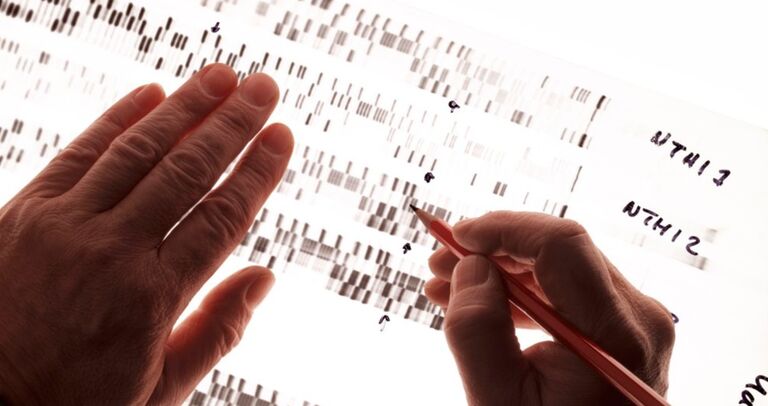A Montana Man Has The Oldest DNA Native To America – And It Alters What We Know About Our Ancestors
Darrell “Dusty” Crawford, whose Native American Blackfoot name is Lone Bull, looks over his results with fascination. He’d taken a DNA test with an outfit called Cellular Research Institute (CRI) and learned much about his heritage. What he doesn’t know yet is that the conclusions will also have implications for all Native Americans.
Tracing back history
The immediately astonishing thing about Crawford’s test is how far back the scientists at the CRI have traced his genetic history. In fact, the company has said that it has never managed to delve this far back in time before. And this achievement could force a rethink on the history of humans in the Americas.
Blackfeet nation
Crawford lives in Heart Butte, Montana, a city located in the 1.5 million acres of the Blackfeet Indian Reservation in the north-west of the state. With a population of more than 17,000, the Blackfeet Nation is one of America’s largest Native American tribes. Three other Blackfeet reservations are located in Alberta, Canada.
Human migration
We’ve made the startling assertion that Crawford’s DNA test may have a major impact on what we think about the arrival of humans on the American continent. But what precisely do we know on this subject? Well, the best-known theory describes a migration of people from the northern territory of what is now Siberia into the land we today know as Alaska.
Ice age
To understand how humans might have migrated from Siberia to Alaska, we have to go back to the time of the last Ice Age. In fact, what is commonly called the Ice Age was actually a period of glaciation. There have been five ice ages in our planet’s history and we’re currently in one called the Quaternary, which started 2.6 million years ago.

